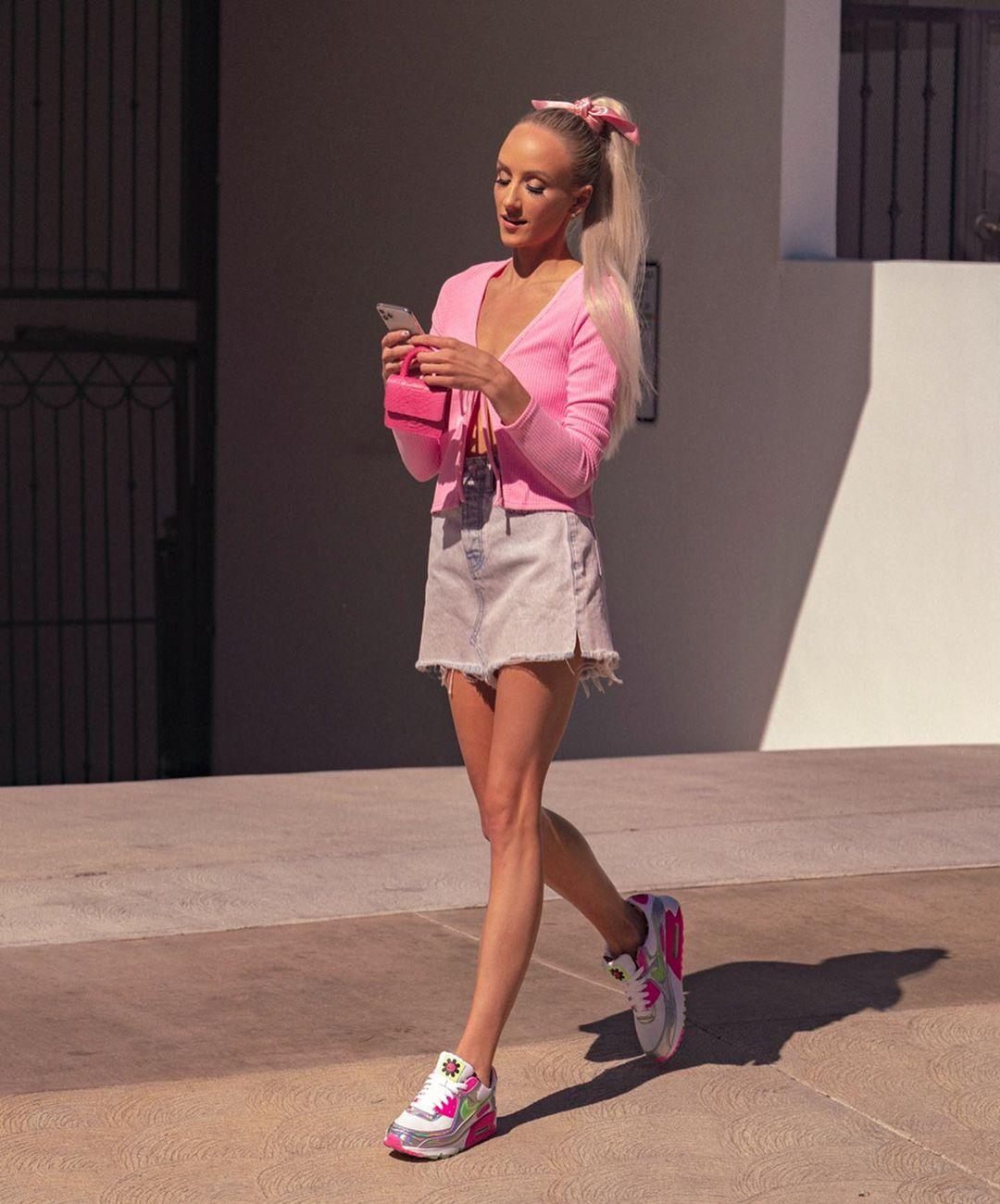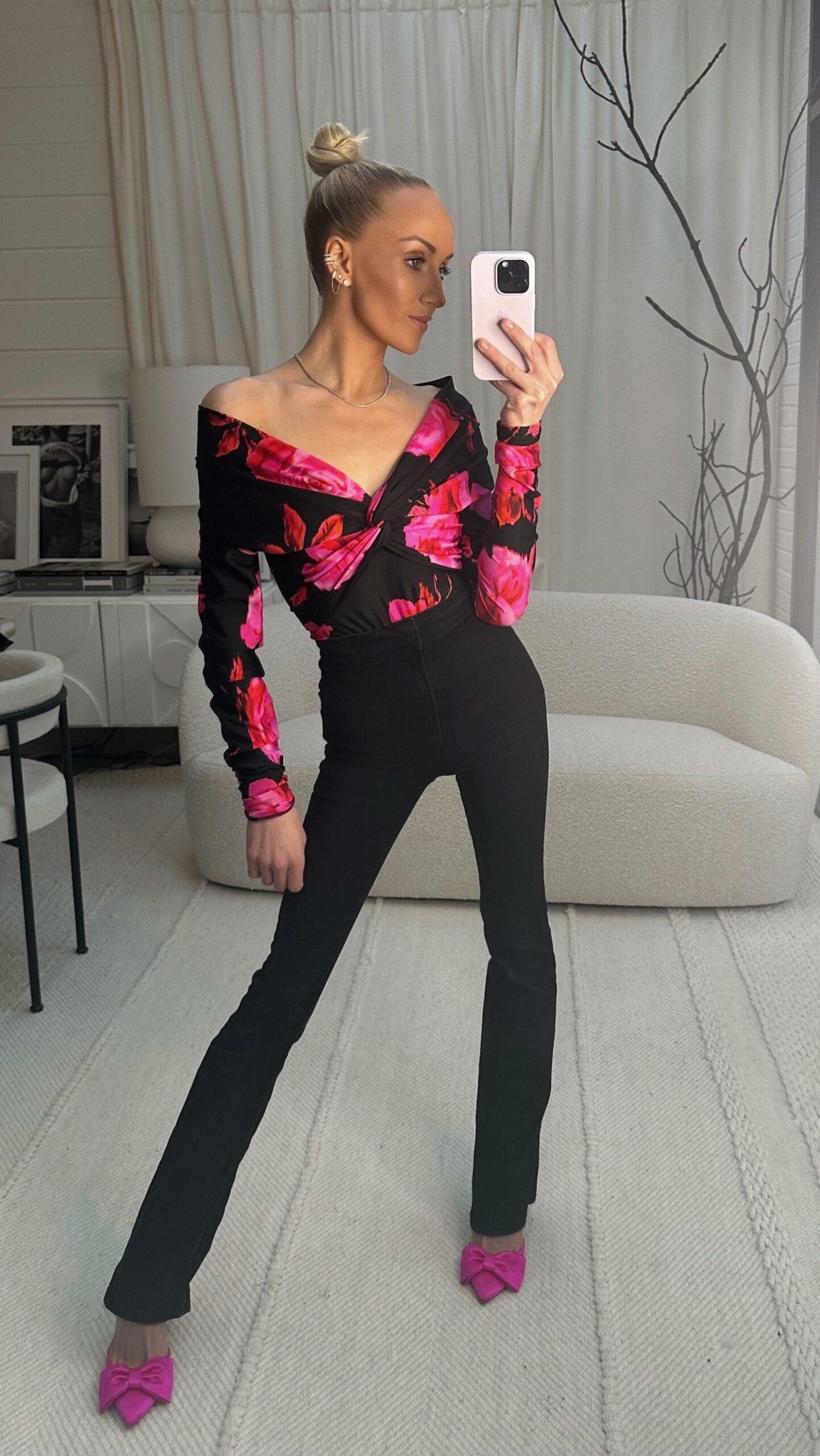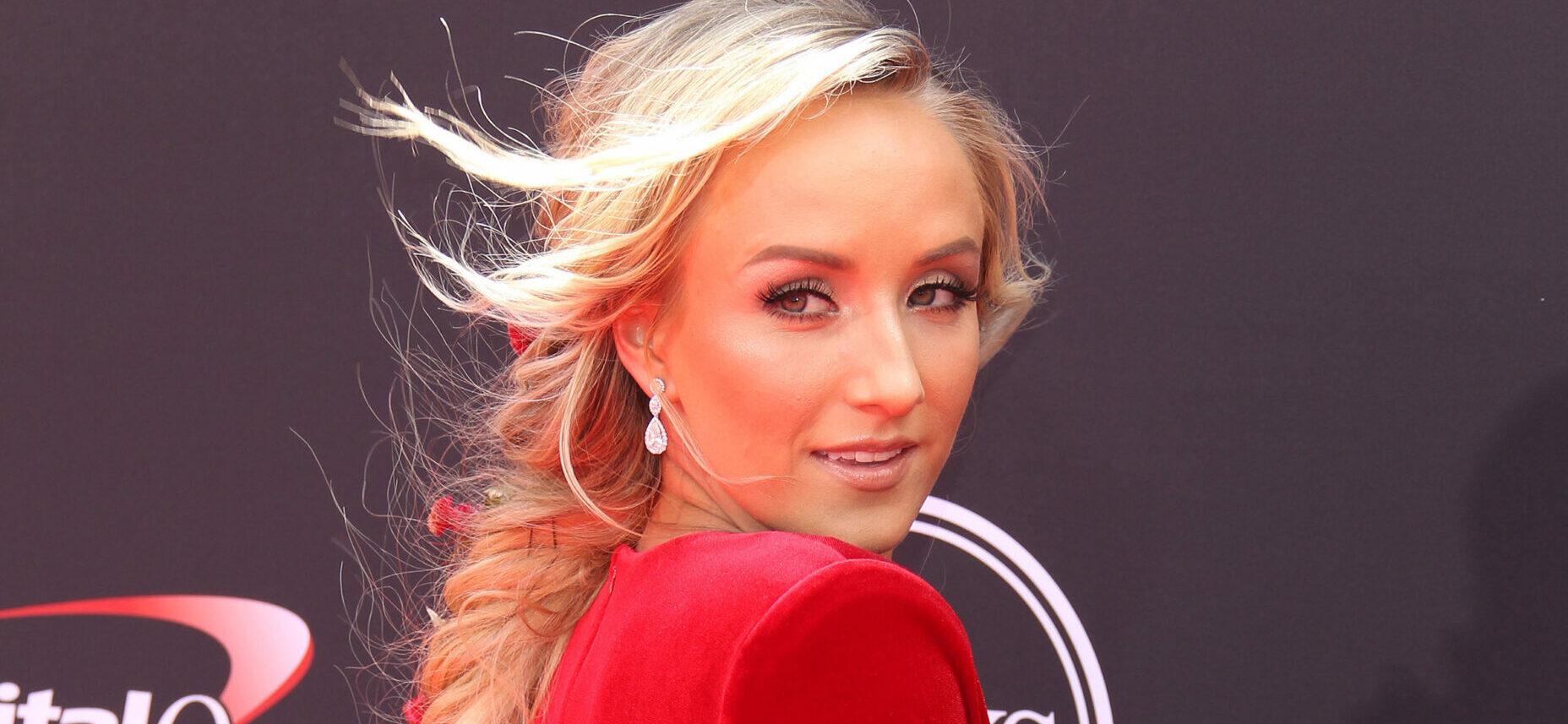Nastia Liukin Anorexic: The Untold Story Behind The Headlines
Alright folks, let me tell you something straight up. When you hear the name Nastia Liukin, what comes to mind? Gymnastics, gold medals, and Olympic glory, right? But behind the dazzling performances and perfect routines lies a story that not many talk about. The buzz around Nastia Liukin anorexic has sparked conversations that need to be had. It’s not just about the sport—it’s about the pressures athletes face and the challenges they endure. And hey, let’s dive into this topic with some real talk, shall we?
You might be wondering why this story matters. Well, it’s not just about one person. It’s about understanding the mental and physical toll that comes with being an elite athlete. Nastia Liukin’s journey is a powerful reminder that even the strongest among us can struggle. And by the way, if you’re here because you’re curious or concerned, you’re in the right place. We’re about to break it down for you in a way that’s real, raw, and relatable.
Before we go any further, let’s set the stage. Nastia Liukin isn’t just another gymnast. She’s a trailblazer, a champion, and a role model for millions around the world. But like any human being, she’s faced her own battles—some more private than others. The term “Nastia Liukin anorexic” has been thrown around in media circles, but what does it really mean? Let’s find out together.
Read also:Adalberto Martiacutenez Resortes A Celebrated Icon In Mexican Comedy
Biography: Who is Nastia Liukin?
Before we dive into the heavy stuff, let’s take a step back and get to know the person behind the headlines. Nastia Liukin is more than just a gymnast. She’s a powerhouse who’s broken records, won medals, and inspired countless fans. Here’s a quick rundown of her life:
| Full Name | Nastia Liukin |
|---|---|
| Date of Birth | December 30, 1989 |
| Place of Birth | Moscow, Russia |
| Height | 5'3" (160 cm) |
| Weight | Approximately 103 lbs (47 kg) |
| Olympic Medals | 5 (1 Gold, 3 Silver, 1 Bronze) |
See, Nastia’s journey isn’t just about gymnastics. It’s about resilience, determination, and overcoming challenges. And speaking of challenges…
The Rumors: Nastia Liukin Anorexic
Alright, let’s address the elephant in the room. The phrase “Nastia Liukin anorexic” has been floating around for years. But what’s the truth behind it? Well, folks, here’s the deal: eating disorders are a real issue, especially in the world of elite sports. Gymnasts, in particular, face immense pressure to maintain a certain physique. And let’s be honest—Nastia’s petite frame has been under scrutiny for a long time.
But here’s the thing: Nastia herself has never publicly confirmed or denied the rumors. And you know what? That’s her business. What we do know is that she’s been open about the pressures of being an athlete and how it can affect mental health. So, let’s not jump to conclusions, okay? Instead, let’s focus on understanding the bigger picture.
What is Anorexia Nervosa?
Let’s break it down for those who might not know. Anorexia nervosa is a serious mental health condition characterized by an intense fear of gaining weight and a distorted body image. People with anorexia often restrict their food intake, leading to severe weight loss and health complications. And guess what? It’s not just about vanity—it’s a complex issue that affects both the mind and body.
Now, when it comes to athletes, the risk is even higher. The pressure to perform, combined with societal expectations, can create a perfect storm for eating disorders. And let’s not forget the constant media scrutiny. Nastia Liukin, like many other athletes, has had to navigate this challenging landscape. So, let’s give her the respect she deserves and focus on the facts.
Read also:Unveiling The Mysteries Of Sone 436 Plot A Comprehensive Guide
Pressures of Elite Gymnastics
Gymnastics ain’t no walk in the park, folks. It’s a sport that demands perfection—both in skill and appearance. And let’s be real, the media doesn’t make it any easier. Gymnasts are often judged not just on their performances but on how they look. It’s no wonder that eating disorders are more common in this field.
Here are some of the pressures that athletes like Nastia face:
- Constant comparison to others
- Strict diet and training regimens
- Media scrutiny and criticism
- Expectations from coaches, teammates, and fans
- Fear of failure and injury
See, it’s not just about winning medals. It’s about surviving the mental and emotional toll that comes with the territory. And that’s something we need to acknowledge and address.
How Does This Affect Athletes?
The impact of these pressures can be devastating. Eating disorders, anxiety, depression—you name it. And let’s not forget the long-term health consequences. But here’s the thing: athletes like Nastia Liukin are starting to speak out about these issues. They’re using their platforms to raise awareness and encourage others to seek help. And that’s a big deal.
The Importance of Mental Health
Mental health isn’t just a buzzword—it’s a real issue that affects millions of people, including athletes. Nastia Liukin has been vocal about the importance of taking care of your mind as well as your body. And you know what? That’s something we can all learn from.
Here are some key points to keep in mind:
- Mental health is just as important as physical health
- Seeking help is a sign of strength, not weakness
- Support systems are crucial for recovery and resilience
So, the next time you hear someone talking about Nastia Liukin anorexic, remember this: it’s not just about one person. It’s about the broader conversation we need to have about mental health and well-being.
Breaking the Stigma
Let’s talk about stigma for a second. Eating disorders are often misunderstood and stigmatized. People think it’s just about vanity or attention-seeking, but that couldn’t be further from the truth. It’s a serious mental health condition that requires compassion and understanding.
Here’s what we can do to break the stigma:
- Listen without judgment
- Offer support and encouragement
- Speak up and educate others
And hey, if you or someone you know is struggling, don’t hesitate to reach out for help. There are resources available, and you’re not alone.
Resources for Eating Disorders
Speaking of resources, here are a few organizations that offer support and information:
- National Eating Disorders Association (NEDA)
- Eating Disorder Hope
- The Butterfly Foundation
These organizations are doing incredible work to support those affected by eating disorders. So, if you’re looking for more information or want to get involved, check them out.
Nastia Liukin’s Legacy
Now, let’s talk about Nastia’s legacy. Sure, she’s a gold medalist and a gymnastics icon, but she’s so much more than that. She’s a trailblazer who’s used her platform to advocate for mental health awareness and body positivity. And that’s something we can all appreciate.
Here are a few things that make Nastia stand out:
- Her dedication to the sport
- Her willingness to speak out about mental health
- Her commitment to inspiring the next generation
So, the next time you hear someone say “Nastia Liukin anorexic,” remember this: it’s not just about one person. It’s about the bigger picture and the conversations we need to have.
Lessons We Can Learn
What can we take away from Nastia’s story? Here are a few key lessons:
- Success isn’t just about winning—it’s about resilience and perseverance
- It’s okay to struggle and ask for help
- Body positivity and self-acceptance are crucial for mental well-being
And hey, if Nastia’s story teaches us anything, it’s that we’re all capable of overcoming challenges and making a difference in our own way.
Conclusion: Let’s Keep the Conversation Going
Alright folks, we’ve covered a lot of ground here. From Nastia Liukin’s incredible achievements to the challenges she’s faced, we’ve explored the complexities of being an elite athlete. And let’s not forget the importance of mental health and breaking the stigma around eating disorders.
So, what’s next? Well, here’s what I’d like you to do: share this article with someone who might find it helpful. Leave a comment and let me know your thoughts. And most importantly, keep the conversation going. Because the more we talk about these issues, the more we can create positive change.
Table of Contents
Biography: Who is Nastia Liukin?
The Rumors: Nastia Liukin Anorexic
The Importance of Mental Health
Resources for Eating Disorders
Conclusion: Let’s Keep the Conversation Going
Thanks for sticking with me through this journey. Let’s keep pushing for a world where mental health is prioritized and athletes are celebrated for more than just their physical achievements. Stay strong, stay informed, and keep making a difference.


